For best sun oven bread baking, you'll need to adjust your timing based on several factors. Quick white bread typically takes 45-90 minutes at 300-350°F, while whole wheat requires about 60 minutes with a one-hour rise time. Mixed grain breads need 45-60 minutes for a single loaf or 60-90 minutes for two loaves. You'll want to extend these times by up to 50% during winter months or cloudy conditions. When baking double loaves, plan for 45-70 minutes in ideal sun conditions or 90+ minutes with partial clouds. Understanding these timing variations will help you master the art of solar bread baking.
Quick White Bread Times
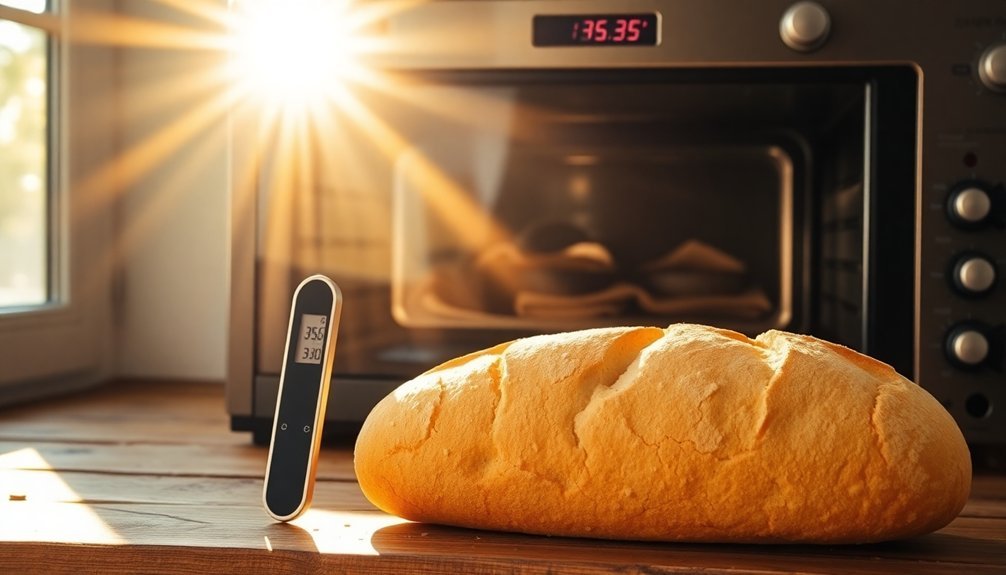
While baking bread in a Sun Oven requires careful timing, preparing quick white bread is straightforward with the right approach.
You'll need to let your bread machine do the initial work on the dough setting, then transfer the punched-down dough to oiled bread pans.
Give your loaves 30 to 45 minutes to rise in a warm spot while your Sun Oven preheats. Before baking, dust the tops with flour and make your signature slashes. Mix three tablespoons butter into your dough for a tender, flavorful crumb.
You'll want to bake your bread for 45 minutes to 1½ hours, depending on the available sunlight. Keep track of the internal temperature – it should reach 180°F.
For best results, use dark pans and start baking mid-morning. Don't open the oven door; instead, use a thermometer to check doneness.
Whole Wheat Baking Schedule
Because whole wheat bread requires more precise timing than white bread, you'll need to follow a specific schedule for best results in your Sun Oven.
Start by mixing your ingredients in a bread machine, including the olive oil, honey, whole wheat flour, dry milk, salt, essential wheat gluten, and yeast. Once the dough cycle completes, shape your loaf and let it rise in a covered pan for one hour.
The final product will give you two perfect loaves ready for storage in your freezer. Preheat your Sun Oven while the dough rises. You'll bake the bread for approximately one hour, but keep an eye on the temperature using a quick-read thermometer – aim for 180°F.
Check for doneness by tapping the loaf for a hollow sound or using the toothpick test. If you're using quick rise yeast, skip the rising period to prevent over-proofing.
Mixed Grain Solar Times
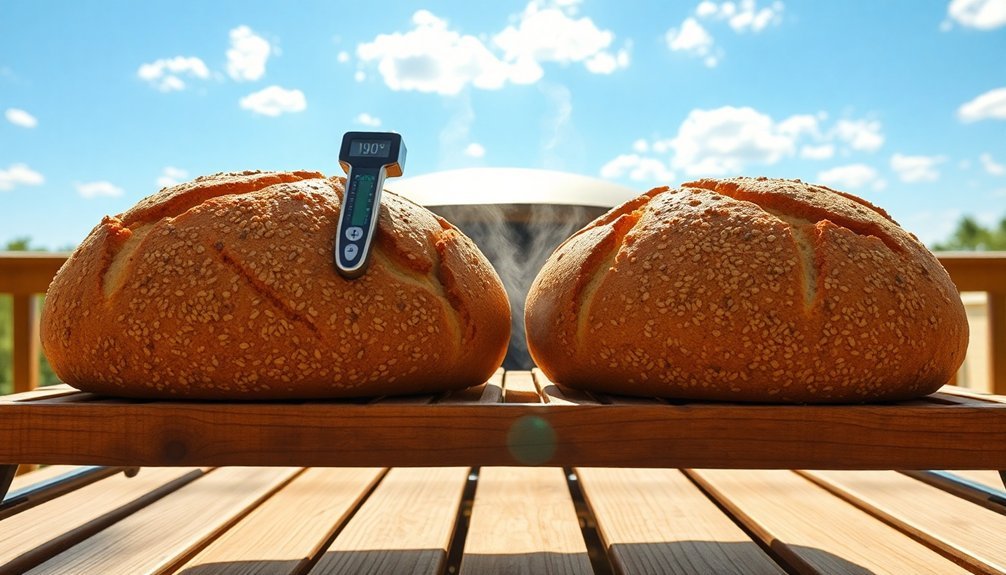
Since mixed grain breads require careful attention to moisture content, you'll need to monitor your dough closely during the bread machine's kneading cycle.
Add water gradually if the dough appears too dry during the first few minutes of mixing.
When baking mixed grain loaves in your Sun Oven, you'll typically need 45-60 minutes for a single loaf or 60-90 minutes for two loaves at 275-300°F.
Keep the oven's shadow evenly distributed and adjust its angle every 30 minutes for best results.
Place your shaped dough in oiled pans, leaving three-quarters of an inch of space at the top, and let it rise for 30-45 minutes while your oven preheats.
King Arthur flour is recommended for achieving optimal baking results with multi-grain bread.
You'll know your bread is done when it's lightly browned and sounds hollow when tapped.
Seasonal Sun Oven Adjustments
As the seasons change throughout the year, you'll need to adapt your Sun Oven baking techniques to accommodate varying levels of sunlight and temperature.
During summer months, you can expect temperatures up to 350°F in ideal conditions, while winter baking may require longer times and additional insulation. Using double-layered plastic wrap helps trap heat efficiently during colder months.
You'll want to adjust your baking schedule according to seasonal sun patterns. In winter or cloudy conditions, plan for baking times of 1.5 hours or more for two loaves, compared to about 45 minutes in peak summer.
Keep tracking the sun by repositioning your oven throughout the day, and maintain heat with reflective materials like aluminum foil and black construction paper.
Double Loaf Timing Guide
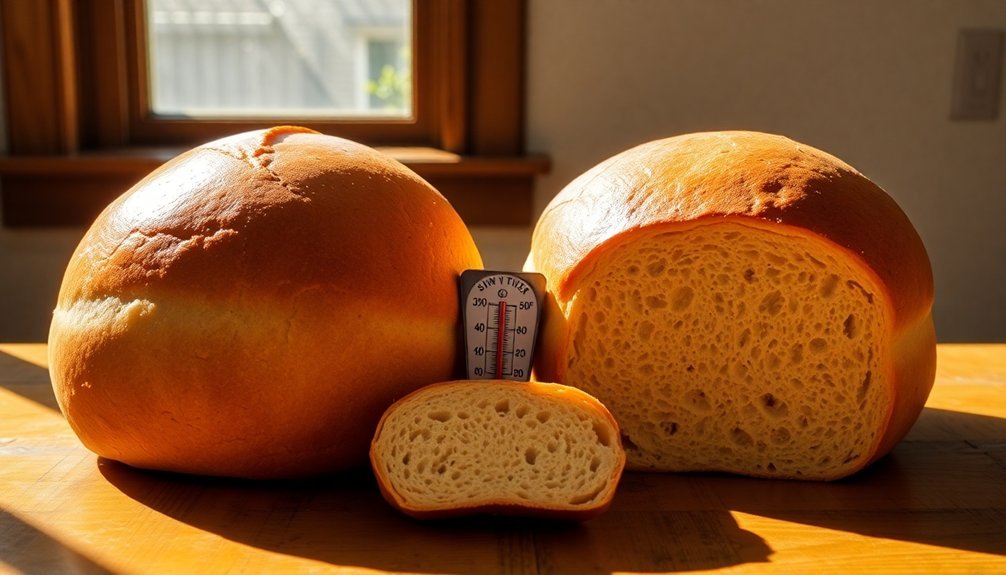
Building on your seasonal sun baking knowledge, let's focus on timing two loaves simultaneously in your Sun Oven. You'll need to preheat your oven to 300-350°F while your shaped loaves rise for 30-45 minutes in their oiled pans.
| Condition | Baking Duration |
|---|---|
| Ideal Sun | 45-70 minutes |
| Partial Clouds | 90+ minutes |
| Lower Temps | Use water spray |
| All Settings | Check hollow sound |
When baking double loaves, don't let them rise more than three-quarters inch below the pan tops. Slash the tops and dust with flour before baking. Remember, opening the oven door can drop the temperature by 50 degrees, so minimize checking. You'll know your bread is ready when it's lightly browned and sounds hollow when tapped. The Sun Oven's even heat guarantees quality results despite varying conditions.
Frequently Asked Questions
Can I Bake Bread in a Sun Oven on Cloudy Days?
Yes, you can bake bread in a sun oven on cloudy days, but you'll need to adjust for longer baking times and lower temperatures. Expect the process to take over 90 minutes with proper monitoring and positioning.
How Do I Prevent My Bread From Sticking to Sun Oven Pans?
You'll prevent bread sticking by lining your pan with parchment paper, greasing with high-heat oil, and dusting with flour. Don't forget to preheat the pan and dust your dough before placing it inside.
Should I Rotate the Sun Oven During Bread Baking?
You don't need to rotate your Sun Oven while baking bread. As long as you've positioned it toward direct sunlight, the oven's design will distribute heat evenly throughout your baking process.
What's the Best Position for Bread Pans Inside a Sun Oven?
Place your bread pans in the center of your sun oven, keeping them an inch apart for proper airflow. You'll want to align them parallel to the base, away from edges to guarantee even heating.
Can I Use Glass Bread Pans Instead of Metal in Sun Ovens?
While you can use glass pans in your sun oven, they're not ideal. You'll need to extend baking time by about 10 minutes since glass conducts heat less efficiently than metal. Metal pans are your better choice.
In Summary
You'll find sun oven bread baking requires patience and careful timing adjustments throughout the year. By following these seasonal guidelines and baking schedules, you're now equipped to create perfect loaves using solar power. Remember to monitor your bread's internal temperature and adjust positioning for ideal results. Don't forget that cloudy days will extend baking times, so you'll need flexibility in your schedule when solar baking.

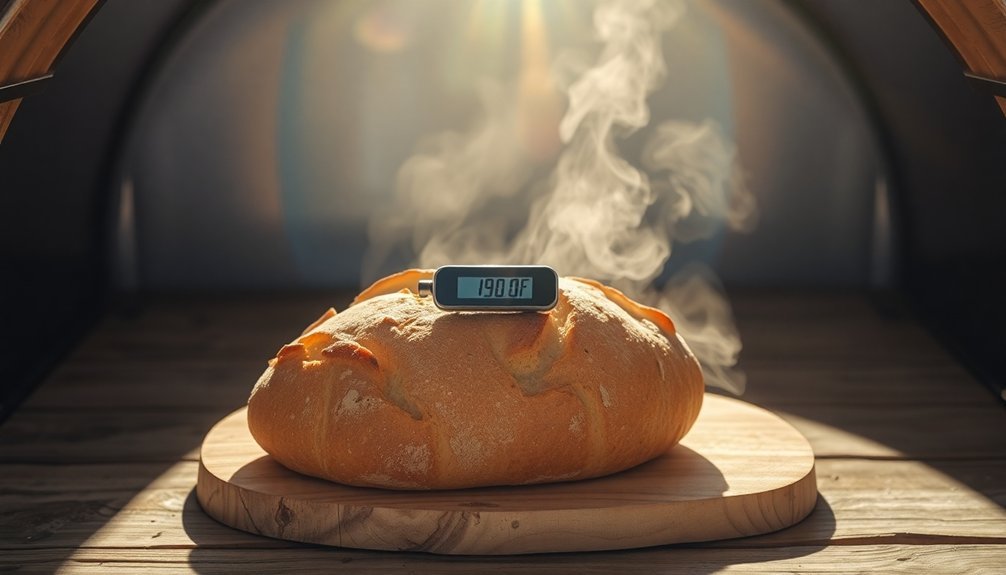
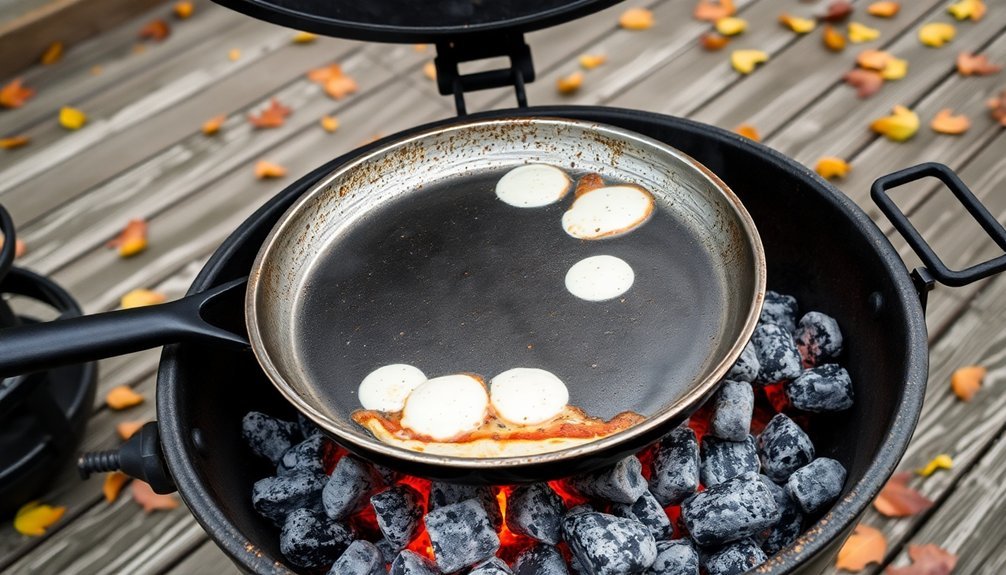
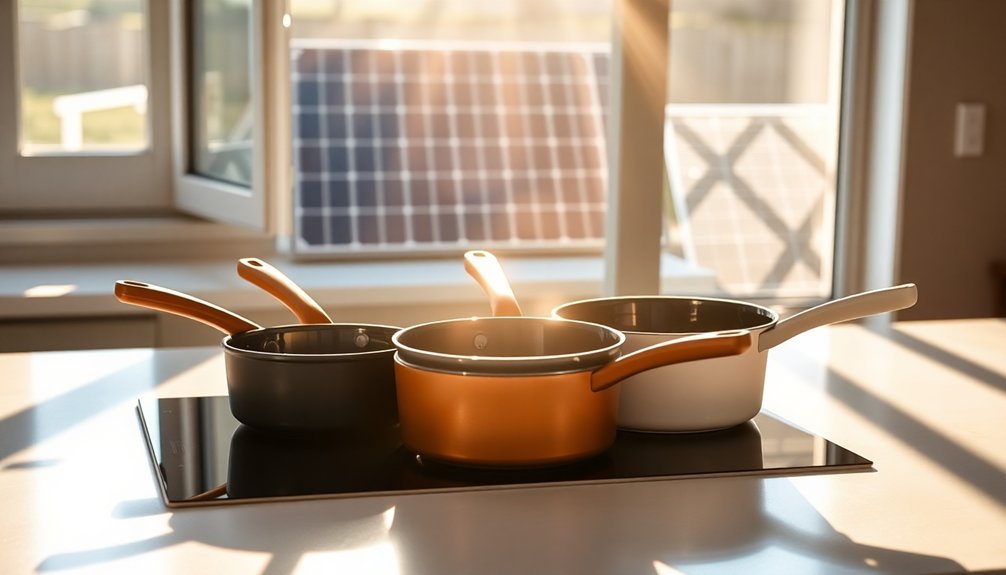
Leave a Reply